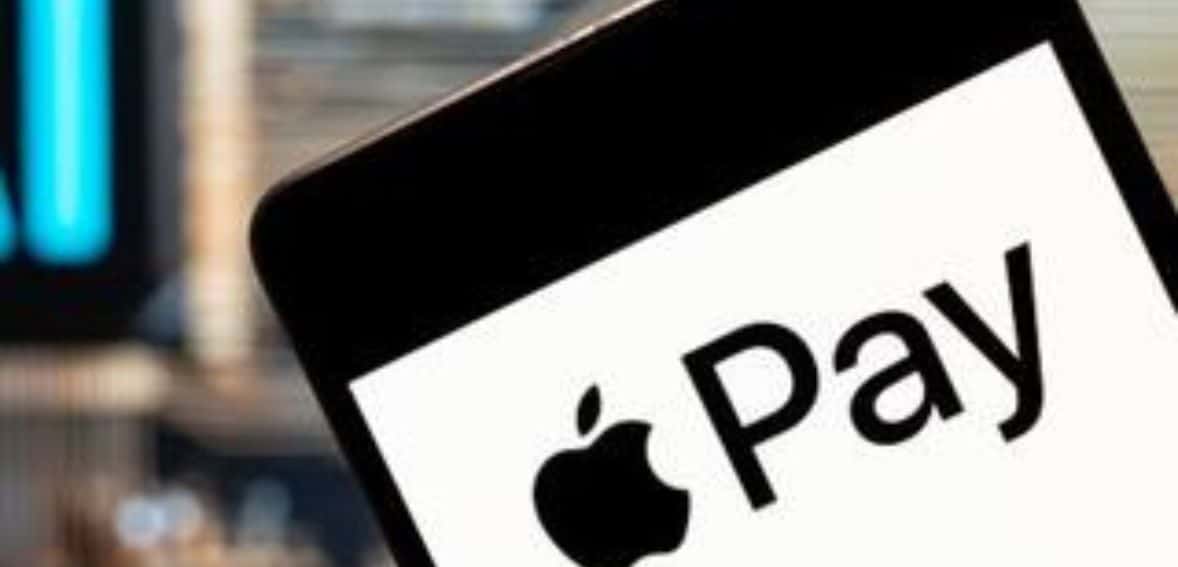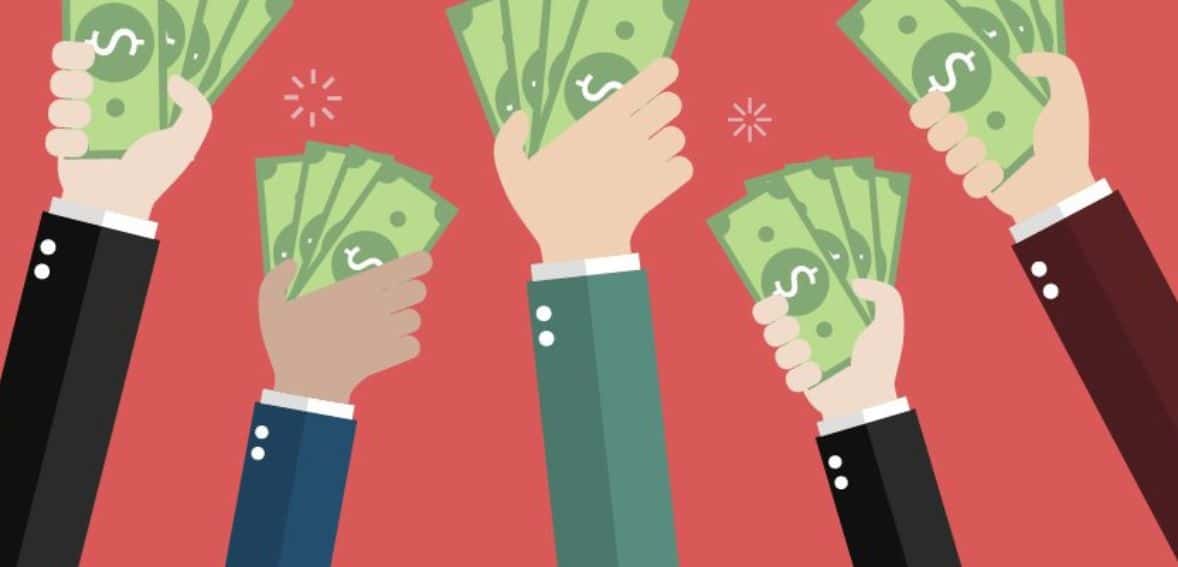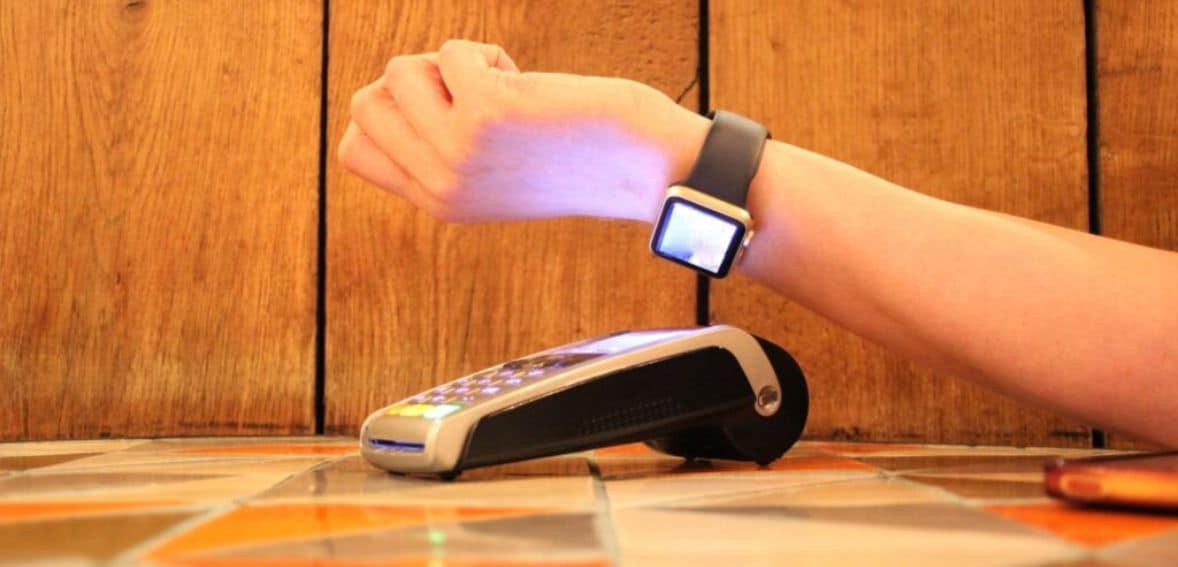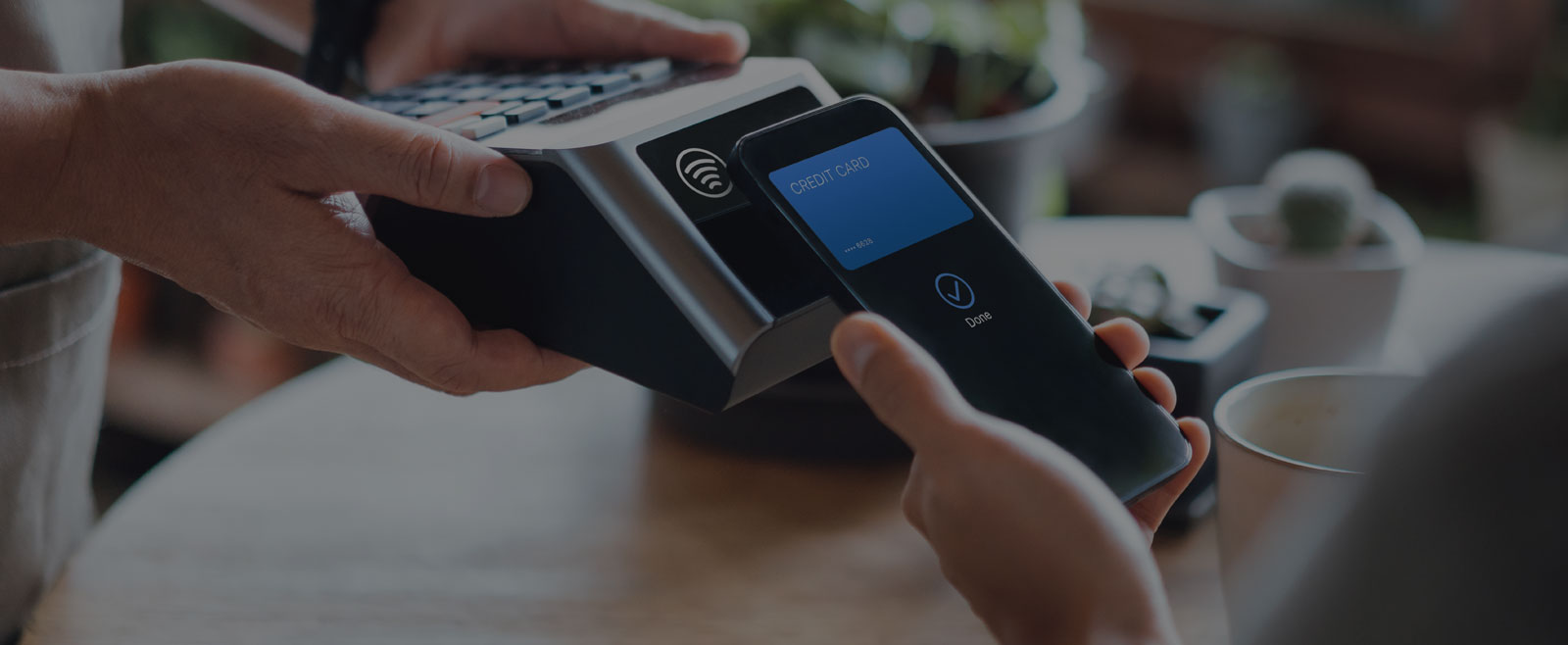
By Shelly Graves March 13, 2025
As a fireworks business owner, you know how important it is to keep lines moving, especially during peak sales seasons like the Fourth of July and New Year’s Eve. Apple Pay can help speed up transactions, reduce cash handling, and provide a secure, contactless payment option for your customers. But before you integrate it into your payment system, you might be wondering—what does it actually cost?
The good news is that Apple Pay itself doesn’t charge extra fees to merchants. However, there are still some costs to consider, such as credit card processing fees, potential POS system upgrades, and customer support needs. In this guide, we’ll break down the expenses, compare Apple Pay to traditional credit card fees, and explore the pros and cons of accepting Apple Pay in your fireworks business. Whether you’re running a seasonal stand or a year-round store, this article will help you decide if Apple Pay is the right choice for you.
What Is Apple Pay

Apple Pay makes it easy for businesses to accept contactless payments, but to get started, you need to already have a credit card payment system in place. That’s because Apple Pay transactions are processed just like regular card payments, requiring a payment processor or facilitator to handle them.
How It Works for Businesses
To accept Apple Pay, your payment processor must support it and be able to enable it on your account. If you run a brick-and-mortar store, you’ll also need a card reader with NFC (Near Field Communication) capability. NFC is the technology that allows Apple Pay to communicate wirelessly with your payment terminal when a customer taps their device to pay.
Once a customer makes a purchase using Apple Pay, your processor takes care of the transaction, deducts any necessary fees, and then deposits the funds into your business account. This process is seamless and works the same way whether the customer is paying in-store or online.
One of Apple Pay’s biggest advantages is its security. Instead of transmitting actual credit card details, it uses tokenization. This means that when a customer adds their card to Apple Pay, Apple works with their bank to replace the real card number with a unique, random token. This token is securely stored on their device and is what gets sent during a transaction, keeping sensitive banking details hidden.
By using Apple Pay, businesses can offer customers a fast, secure, and convenient way to pay—whether they’re shopping in person or online.
What Are the Costs of Setting Up Apple Pay for Your Business?

Before integrating Apple Pay, businesses need to weigh the costs involved to ensure it’s a smart investment. While Apple itself doesn’t charge merchants or customers for using Apple Pay, there may still be expenses to consider—especially depending on your location and payment processor. Some international network providers might apply fees, so it’s worth checking with your payment processor beforehand.
Here’s a breakdown of the potential costs you might encounter when setting up Apple Pay for your business:
1. Upgrading Your POS System for NFC Payments
If your existing point-of-sale (POS) system already supports contactless payments (like tap-to-pay credit cards or Google Pay), then it’s likely ready for Apple Pay. However, if your system lacks NFC (Near Field Communication) capability, you may need to upgrade or invest in new payment terminals.
Some payment processors, like PayPal, charge setup fees, so be sure to ask about any upfront costs before choosing a provider. Popular options with NFC-enabled systems include Merchant One, Clover, and ProMerchant. Small businesses may also consider Square, but since it doesn’t provide full payment processing services, it’s often better suited for solo entrepreneurs rather than large enterprises.
2. Customer Support & Troubleshooting
While Apple Pay is designed to work seamlessly, issues can arise—whether it’s a failed transaction, a malfunctioning POS terminal, or an online checkout glitch. Depending on your business size, you may need to set up customer support options to handle troubleshooting.
For smaller businesses, the added costs are usually minimal, as most POS vendors offer assistance.
However, larger organizations with dedicated customer support teams may benefit from Apple Messages for Business, a free service that allows customers to get help, schedule appointments, and even complete purchases directly within Apple’s messaging app.
3. Additional Services for Online Transactions
If your business operates online, you might need extra software or services to optimize the Apple Pay checkout experience. This can include:
- Shopping cart integration
- Digital invoicing
- Data analytics & reporting dashboards
- Automated payment processing
Providers like Stax and Clover offer solutions tailored for both small and large businesses, with pricing varying based on features and transaction volume.
Pros and Cons of Accepting Apple Pay for Your Fireworks Business

If you run a fireworks business, accepting Apple Pay can streamline transactions, enhance security, and improve customer convenience. However, before integrating it into your payment system, it’s important to weigh the benefits and potential challenges.
Benefits of Accepting Apple Pay
1. Faster Transactions, Shorter Lines
During peak seasons like the Fourth of July or New Year’s Eve, long checkout lines can frustrate customers. Apple Pay speeds up transactions, allowing customers to tap and pay in seconds, helping your business handle crowds more efficiently.
2. Increased Security Against Fraud
Fireworks purchases can be high-ticket transactions, making security a top priority. Apple Pay requires authentication through Face ID, Touch ID, or a passcode, making it much harder for fraudsters to use stolen cards.
3. Tokenization Protects Payment Information
Apple Pay doesn’t store actual credit card numbers. Instead, it uses tokenization, a process that replaces sensitive card details with random, one-time-use codes. This reduces the risk of data breaches and protects both your business and your customers from fraud.
Drawbacks of Accepting Apple Pay
1. Requires NFC-Compatible Hardware
If your current payment system doesn’t support NFC (Near Field Communication), you’ll need to upgrade your card reader to accept Apple Pay. This could be an added expense, especially if you run seasonal pop-up stands or temporary firework stalls.
2. Limited to Apple Users
Apple Pay is only available on iPhones, iPads, and Apple Watches. Customers with Android devices will need to use alternative mobile payment options like Google Pay or Samsung Pay, meaning you still need to offer traditional card and cash payments.
3. Potential Checkout Issues
While Apple Pay is generally smooth, first-time users may fumble at the register, causing minor delays. Employees should be trained to assist customers who might struggle with mobile payments to prevent hold-ups, especially during rush periods.
4. Card Clash Incidents
Customers with multiple NFC-enabled cards (such as credit and debit cards stored on their phones) might accidentally charge the wrong one or face failed transactions. This can slow down sales and require extra steps to resolve.
For a fireworks business, where speed, security, and efficiency are crucial—especially during high-demand seasons—Apple Pay can be a valuable payment option. While the need for NFC-compatible hardware and limited compatibility with non-Apple devices are drawbacks, the benefits of fast, secure transactions make it a smart choice for businesses looking to modernize their checkout experience.
Advanced Apple Pay Tips for Small Businesses

As mobile payments become the norm, accepting Apple Pay can help your fireworks business speed up transactions, improve security, and enhance the customer experience. While many shoppers are already familiar with Apple Pay, small businesses can take extra steps to ensure smooth adoption and maximize its benefits. Here are some key tips:
1. Make It Clear You Accept Apple Pay
Customers should never have to guess whether they can use Apple Pay at your business. Use clear signage at checkout, on your website, and even on social media to let people know it’s an accepted payment method. Placing Apple Pay stickers near your payment terminals can also encourage customers to use it, reducing cash handling and long waits during peak sales periods like the Fourth of July.
2. Optimize Your Online Store
If you sell fireworks online, displaying the Apple Pay logo at checkout can boost sales by streamlining the purchasing process. Apple Pay’s one-tap checkout feature can help reduce cart abandonment, making it easier for customers to complete their purchases quickly, especially during holiday rushes.
3. Train Your Team for Smooth Transactions
Ensure that your staff understands how Apple Pay works and can troubleshoot any potential issues with payment terminals. Training your team to explain the benefits of Apple Pay—such as speed and security—can also encourage hesitant customers to try it. The faster your transactions, the more customers you can serve, which is especially important when your store is packed with last-minute fireworks shoppers.
4. Keep Your System Up to Date
Stay informed about Apple Pay updates and ensure your POS system is always running the latest software. Apple continuously enhances its payment features, and keeping your system updated helps prevent glitches, maintains security, and ensures compatibility with new Apple Pay features.
For a small fireworks business, Apple Pay can be a game-changer, helping to speed up transactions, reduce cash handling, and create a seamless checkout experience. By making it clear you accept Apple Pay, training your staff, and keeping your system updated, you can maximize its benefits and provide a smooth, secure payment option for your customers.
Apple Pay vs. Traditional Credit Card Fees: A Cost Comparison

If you’re considering Apple Pay for your business, you’ll be glad to know that it doesn’t come with extra transaction fees. Apple Pay works through the same payment networks as traditional credit cards, meaning businesses pay the same processing fees whether a customer taps their phone or swipes a physical card.
Understanding Transaction Fees
The normal range of credit card processing fees is 1.5% to 3.5% per transaction, contingent upon the supplier and payment network. Since Apple Pay transactions go through these same networks, businesses don’t face additional charges for accepting it.
Potential Savings with Apple Pay
While Apple Pay doesn’t directly lower processing fees, it can provide cost-saving benefits in other ways:
- Faster Transactions – Contactless payments speed up checkout, reducing wait times and increasing efficiency.
- Lower Cart Abandonment – Online shoppers are more likely to complete purchases with Apple Pay’s one-tap checkout, leading to higher sales.
- Stronger Security – Apple Pay’s tokenization and biometric authentication help prevent fraud, potentially reducing chargeback costs.
From a fee perspective, there’s little difference between Apple Pay and traditional credit card transactions. However, Apple Pay’s added convenience, speed, and security can improve the overall customer experience and boost sales, making it a valuable payment option for businesses.
Conclusion
While Apple Pay itself doesn’t come with direct fees, businesses may still need to invest in POS system upgrades, customer support, and additional software for online transactions. The good news? These costs are often outweighed by the benefits—faster checkouts, improved security, and a smoother customer experience. By assessing your business’s needs upfront, you can ensure a cost-effective Apple Pay integration.
